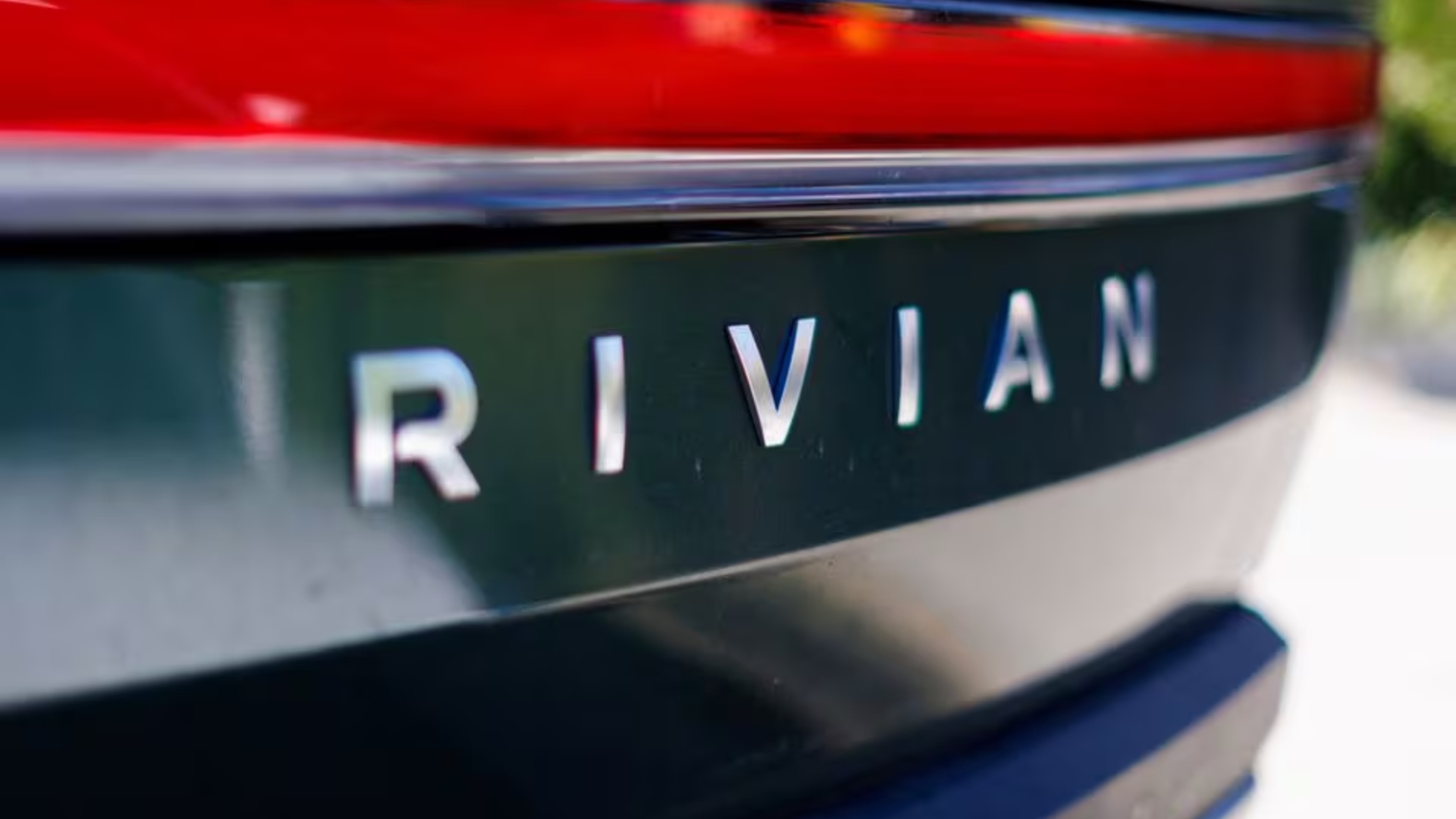(Reuters) – Electric-vehicle startup Rivian faces a pivotal moment on Thursday when it unveils a new line of lower-priced models that are key to its future.
As worldwide demand for EVs cools and market leader Tesla has cut prices to boost demand, Rivian is banking on the arrival of its more modestly priced “R2” midsize SUV to have broader appeal than its stylish $70,000 electric pickups and $75,000 SUVs.
At the unveiling in Laguna Beach, California, Rivian will hope to recreate the buzz of five years ago, when its launch of the R1T pickup made a splash ahead of the Los Angeles Auto Show with singer Rihanna on hand and reviewers predicting the company could be the Tesla of trucks.
This time, the stakes are much higher.
“R2 could be existential for them,” said Elliot Johnson, chief investment officer at Evolve ETFs, which manages nearly $6 billion in assets, including investments in Rivian and other EV makers. “They need to be able to produce at scale, on time and have the market accept it.”
In February, Rivian CEO RJ Scaringe called the midsize SUV segment the company is targeting “a massive market with limited compelling EV options beyond Tesla,” and last year he said the company would be able to sell vehicles at a “considerably” lower price” than existing models.
Rivian spokesperson Marina Hoffman said the company has a “clear line of sight to profitability,” citing efforts to cut costs and increase efficiency at its Illinois production plant. The company has reduced the number of shifts to build the same number of vehicles and is re-negotiating supplier contracts.
The first R2 vehicles, with an expected price between $45,000 and $50,000, should arrive in 2026 from a yet-to-be-built plant in Georgia that will cost $5 billion.
Rivian lost tens of thousands of dollars per vehicle last year as it struggled to ramp up production and generate demand beyond its exuberant first wave of buyers.
Rivian shares have lost 53% so far this year, hurt by disappointing deliveries and its projection in February that production growth in 2024 would be flat.
The EV maker’s struggles are partly due to unforgiving market conditions. Supply-chain constraints stemming from the COVID-19 pandemic made parts tough to obtain, demand for EVs has deteriorated and the competition has only increased from new startups and established legacy automakers.
On paper, Rivian had a compelling offering when it introduced its electric trucks and SUVs five years ago. It targeted a highly popular segment in which Tesla did not operate – pickup trucks and SUVs, which made up 80% of new car sales in the U.S. last year, according to J.D. Power.
The catch, however, is that Americans who buy trucks and large SUVs tend to be loyal to established brands and gasoline-powered vehicles.
‘GOING TO TAKE TIME’
“Yes, they are targeting the right segments,” said Felipe Munoz, an automotive analyst at JATO Dynamics. “But convincing the drivers of those segments is more difficult than convincing those who drive smaller cars. It’s going to take time.”
It is not clear that Rivian has the luxury of time.
The automaker lost about $40,000 per vehicle last year, based on its latest results. While this is an improvement over the previous year, when it lost $154,000 per vehicle, analysts are questioning whether Rivian will need to raise more money to complete its Georgia plant and launch the R2.
J.P. Morgan analyst Ryan Brinkman said last month he expects Rivian to lose $7.6 billion in cash before generating positive cash flow in 2027. He added that “another capital raise (on far from certain terms)” will likely be needed by 2026.
Rivian has about $9 billion in cash, just below its $11 billion market capitalization. It raised more than $3 billion through two bond issuances last year, sparking concerns among some investors about its financial health.
Rivian CEO Scaringe told Reuters last year the bonds provided an additional buffer for the development of the R2, and that the company was trying to get ahead of an anticipated rise in borrowing costs.
Rivian is certainly on more solid footing than other EV startups including Lucid, which has been slashing prices on its Air luxury sedans to woo customers, and Fisker, which said last month it might not be able to continue as a going concern.
Amazon.com is Rivian’s biggest investor, with a 16% stake, and has ordered 100,000 Rivian electric delivery vans it expects to deploy by 2030. Last year, sales to Amazon accounted for about 19% of Rivian’s revenue, offering a cushion against the slowing consumer market.
Industry tracker AutoForecast Solutions expects Rivian could be producing 132,000 R2 vehicles by 2028. That is more than double last year’s production.
But Rivian is still gambling on an unsettled future. Even major players like GM and Ford have delayed and cut production for electric SUVs and pickups.
“I will believe that they’re on the right path when I drive along the street and I see a bunch of R2s around me,” said fund manager Johnson.
Reporting by Chris Kirkham in Los Angeles and Abhirup Roy in San Francisco; Editing by Ben Klayman and Matthew Lewis











